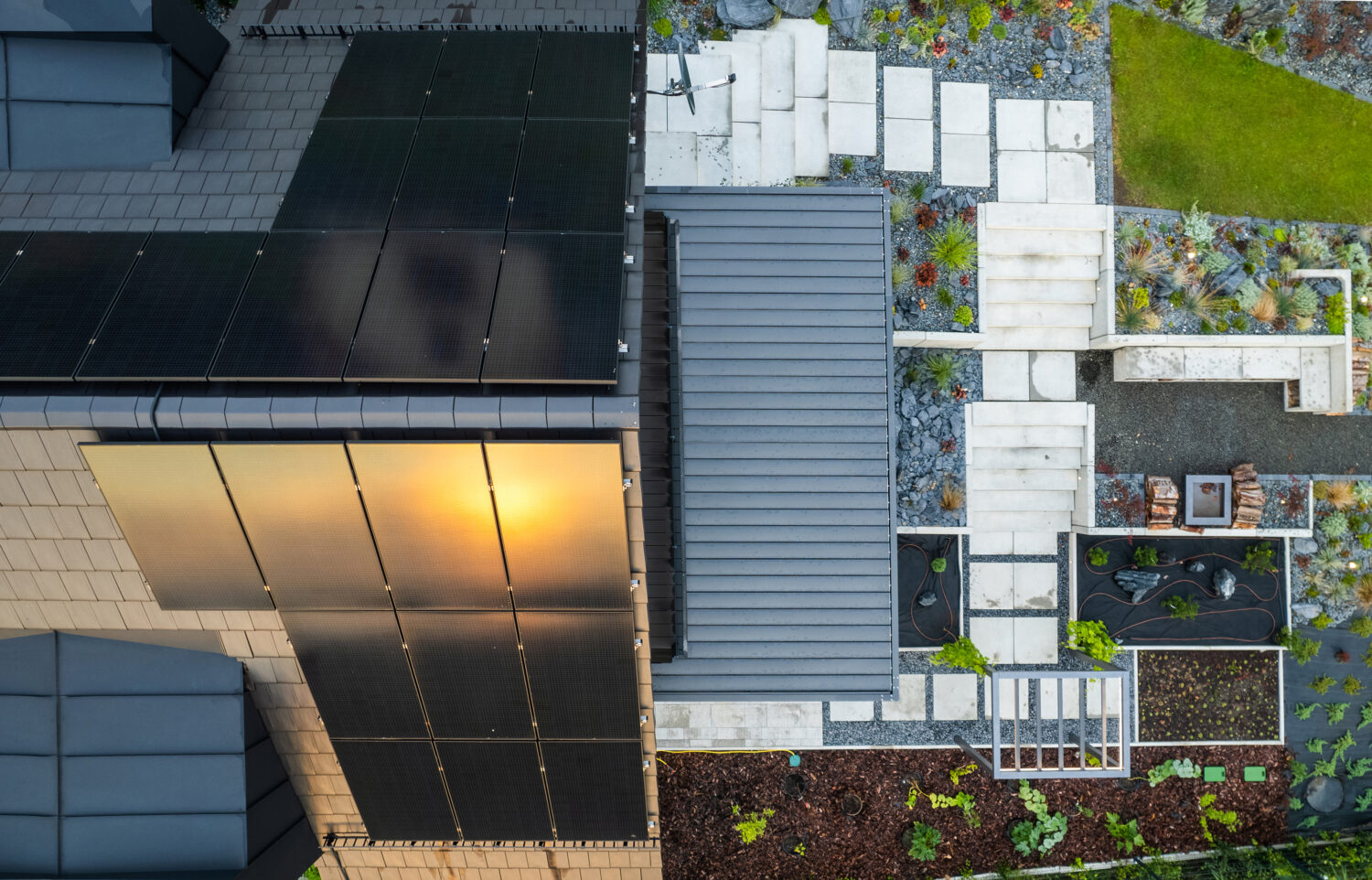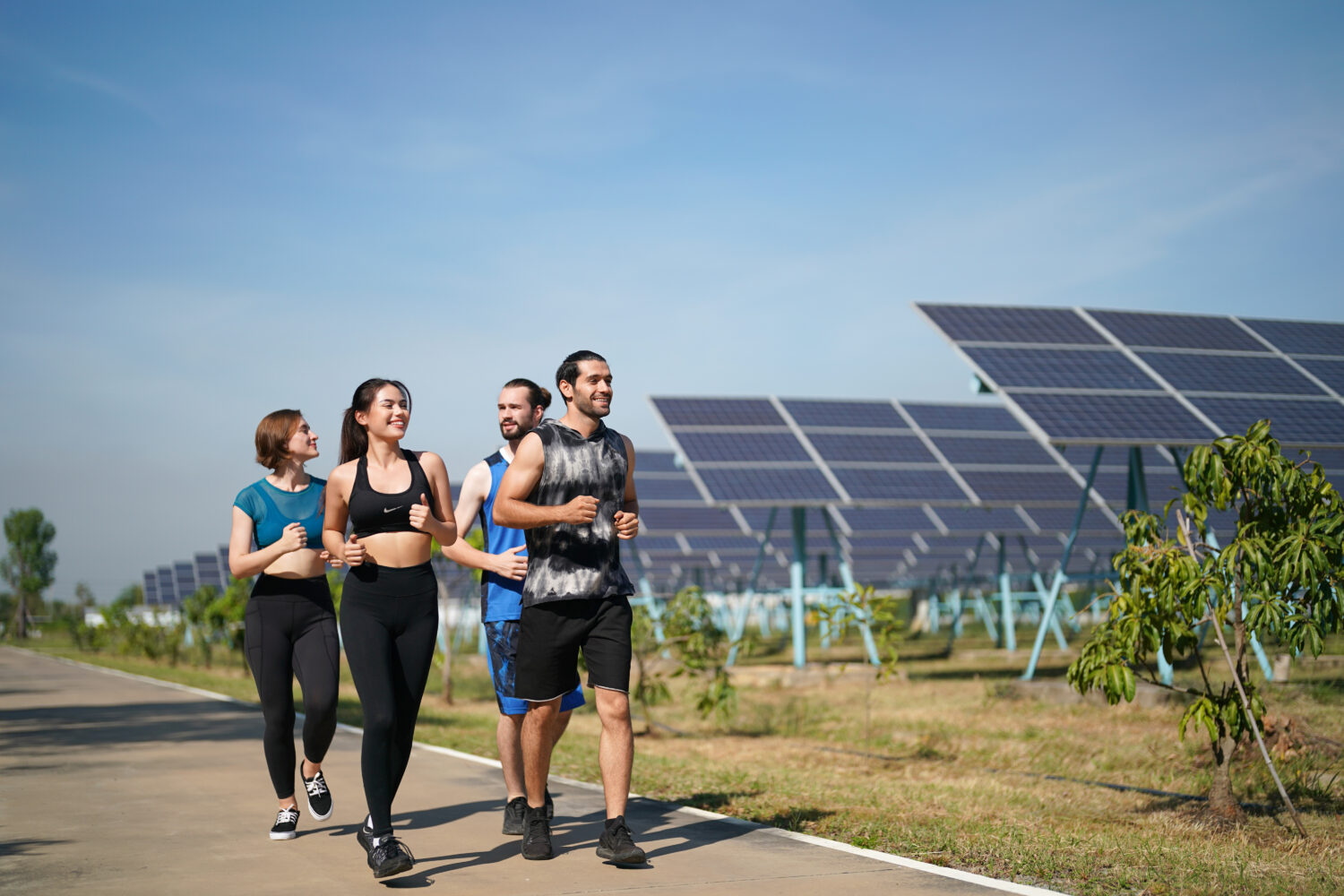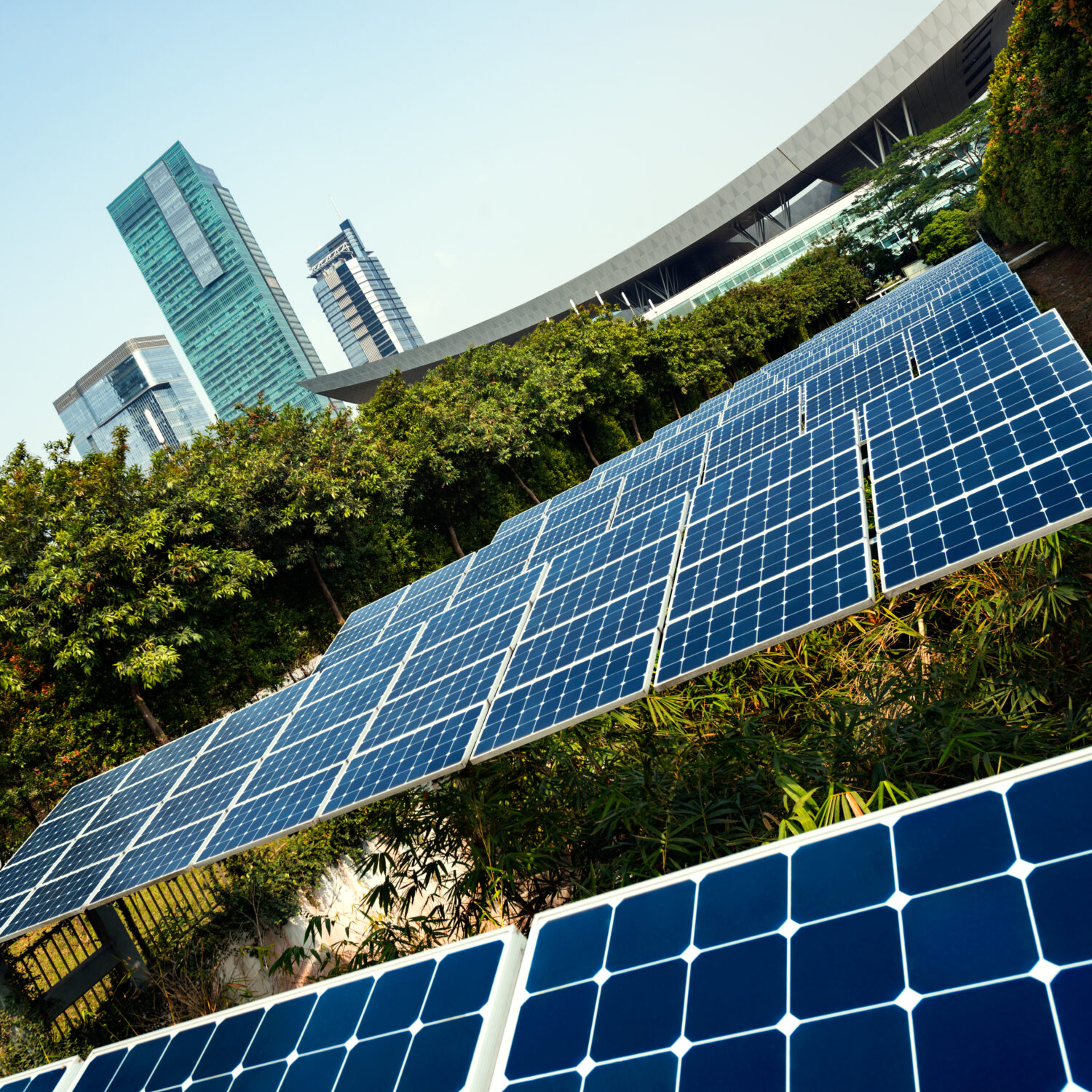Cities are at the forefront of climate action, shaping how we live and interact with the environment. With urban areas responsible for 70% of global carbon emissions, sustainable urban development has never been more crucial. Enter solar energy: an essential tool for reducing emissions and powering greener cities. But how can urban planners, architects, and policymakers truly integrate solar power into cityscapes? Let’s explore.
Benefits of Integrating Solar Energy in Urban Planning
Adopting solar energy in urban design offers far-reaching advantages beyond environmental benefits. By integrating solar power into cityscapes, urban areas can tackle pressing challenges and create more sustainable, resilient communities.
Mitigating Climate Change
Solar energy is pivotal in the fight against climate change. By replacing fossil fuel-based energy sources, cities can dramatically cut greenhouse gas emissions, improving air quality and reducing respiratory and cardiovascular issues caused by pollution. Moreover, it supports global climate goals, such as the Paris Agreement, positioning cities as environmental leaders.
Enhancing Energy Security
Generating renewable energy locally reduces cities’ vulnerability to supply chain disruptions and volatile energy prices. Decentralised solar systems, like rooftop panels and community projects, enhance resilience during power outages and decrease reliance on centralised grids, ensuring stable energy access.
Easing Infrastructure Strain
Many cities struggle with ageing electrical grids. Decentralising energy production with solar installations alleviates grid strain, prevents blackouts, and reduces transmission losses, ensuring efficient and reliable power delivery.
Economic Benefits
The economic case for solar is compelling. The renewable energy sector creates jobs in installation, maintenance, and manufacturing. Additionally, solar panels for business, households, and municipalities reduce bills, freeing resources for other needs. As solar technology becomes more affordable, these benefits extend to broader communities, promoting equity in renewable energy access.

Solar Energy Integration Strategies in Urban Design
Urban areas are transforming into renewable energy hubs, with solar integration paving the way for cleaner, more efficient cities.
Building-Integrated Photovoltaics (BIPV)
Building-integrated photovoltaics (BIPV) are revolutionising architecture by embedding solar technology into building materials. Solar facades, transparent solar windows, and shading systems that double as solar collectors combine functionality with design. These innovations maximise energy efficiency while inspiring architects to create striking, sustainable structures.
Solar-Powered Public Spaces
Imagine sitting on a solar-powered bench that charges your devices or walking through parks illuminated by solar streetlights. These innovations not only enhance the functionality of urban areas but also foster community engagement with renewable energy. Solar-powered charging stations in busy areas provide convenient access to clean energy for residents and visitors alike. In recreational areas, solar panels seamlessly integrate with design features, creating shaded spots while generating electricity—a perfect blend of practicality and sustainability.
Transportation Infrastructure
Transportation systems are embracing solar innovation. Solar-powered buses, trams, and bike lanes reduce reliance on fossil fuels, while solar canopies in parking lots generate electricity and provide shaded spaces. Solar integration in transport hubs like bus stops and railway stations makes clean energy a visible and accessible part of urban mobility.

Urban Planning Considerations for Solar Energy
Integrating solar energy into urban design requires thoughtful planning to maximise its potential. From optimising building placement to fostering community projects, effective urban planning can ensure that solar energy becomes a cornerstone of sustainable cities.
Building Orientation and Solar Access
Building orientation is crucial for efficient solar energy harnessing. Urban planners can optimise layouts to maximise sunlight exposure, often by aligning rooftops to capture sunlight throughout the day. Preventing shading from neighbouring buildings or trees is essential, with setbacks and height restrictions safeguarding access to sunlight. In dense urban areas, tiered building designs and reflective surfaces can enhance solar absorption.
Zoning and Regulations
Solar-friendly zoning laws and policies encourage widespread adoption. These include mandatory solar installations for new developments, reduced permitting fees, and incentives like tax breaks and grants. “Solar access rights” protect existing installations from future developments that might block sunlight, fostering an environment where solar energy thrives.
Community Solar Initiatives
Community solar projects allow multiple households or businesses to share a single solar installation’s benefits. These shared projects are invaluable in urban settings with limited space or where homeownership is less common. They ensure solar access for renters, low-income households, and those living in shaded areas, advancing energy equity while reducing fossil fuel reliance.

Challenges and Solutions in Solar Energy Integration
Technical Challenges
Solar energy’s mismatch between daytime production and nighttime demand necessitates effective storage solutions. Advances in battery technology, such as lithium-ion and solid-state batteries, are improving storage efficiency. Microgrid systems also offer a promising solution, enabling localised energy production and storage to operate independently or alongside main grids, enhancing resilience.
Economic Considerations
The upfront cost of solar infrastructure can be prohibitive. Fortunately, free commercial solar through financing mechanisms like power purchase agreements (PPAs), where third parties install and maintain systems in exchange for long-term energy purchase contracts, make solar adoption feasible. Government incentives like tax credits and grants further reduce costs, ensuring solar is accessible to municipalities, businesses, and individuals.
Aesthetic Concerns
In urban areas with historic architecture or strict aesthetic guidelines, the visual impact of solar installations can be a concern. Innovations like BIPV, solar tiles, and customisable designs ensure renewable energy complements urban aesthetics, proving sustainability and style can coexist.
The Path Forward
Solar energy is more than just a renewable resource—it’s a transformative force in urban design. By addressing technical, economic, and aesthetic challenges, cities can harness the sun’s power to build sustainable, energy-efficient communities that inspire a greener future. Now is the moment for urban planners, architects, and policymakers to lead the way, turning solar potential into a tangible reality for tomorrow’s cities.




